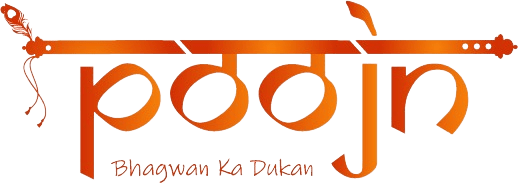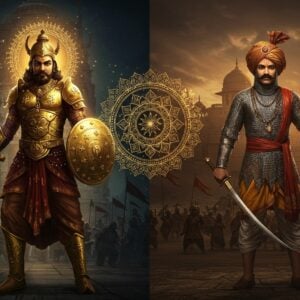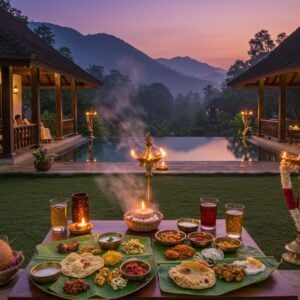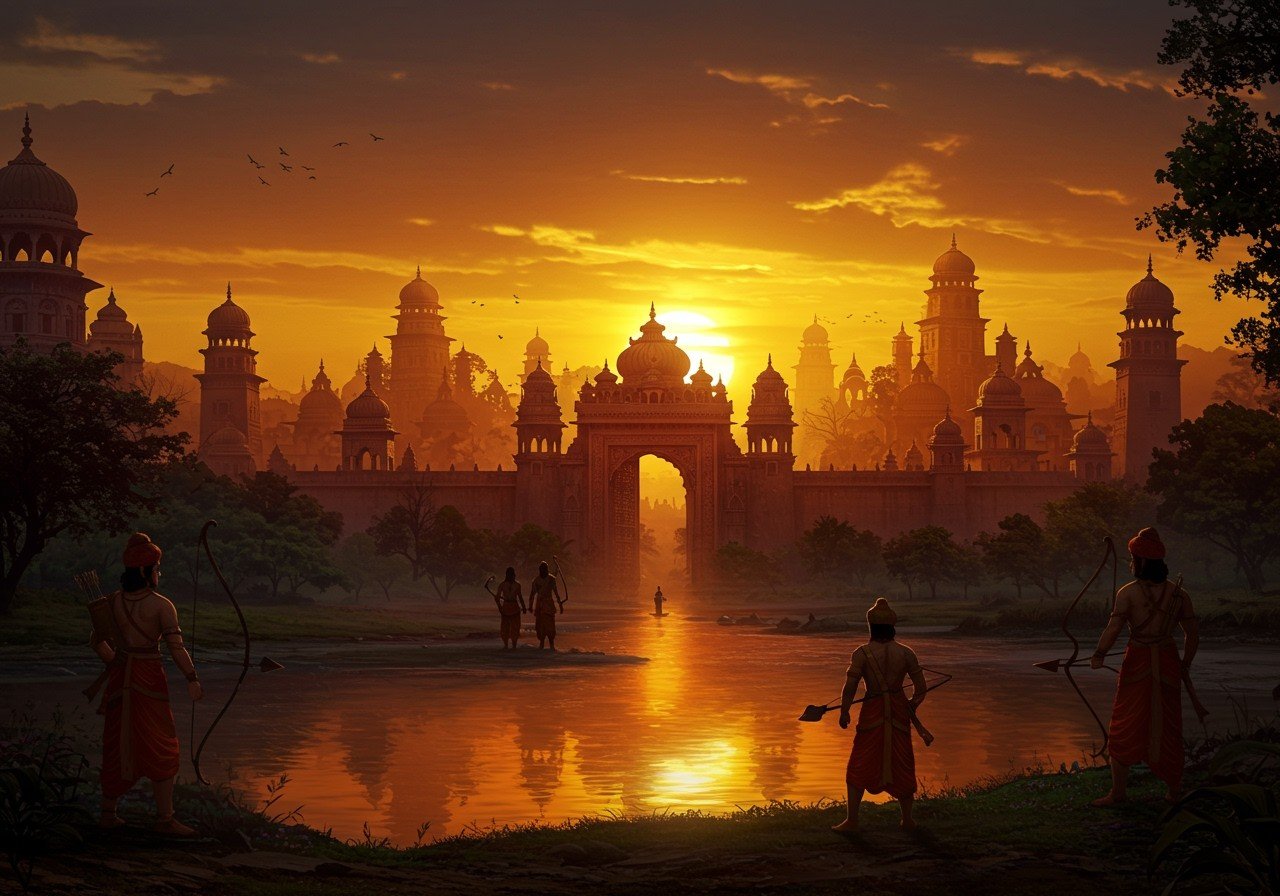
The Pandava Kingdom isn’t just a tale; it’s a cornerstone of Indian history and mythology, deeply woven into our cultural fabric. Its stories continue to inspire us, shaping our values and beliefs. This exploration delves into the rich history, geography, and cultural legacy of the Pandava Kingdom, bridging the gap between ancient traditions and modern interpretations.
The Historical Tapestry of the Pandava Kingdom
The epic Mahabharata serves as our primary source of knowledge about the Pandava Kingdom. Descendants of the Kuru dynasty, the Pandavas were rightful heirs to Hastinapura’s throne. The epic unfolds the events that culminated in the Kurukshetra War, a defining moment in the kingdom’s history. The Pandava brothers—Yudhishthira, Bhima, Arjuna, Nakula, and Sahadeva—each played a crucial role in shaping the kingdom’s legacy, ruling with principles of dharma (duty) and justice. Their influence extended to subsequent Indian dynasties, leaving an enduring mark on India’s ancient socio-political landscape. This impact is evident in historical texts and archaeological discoveries.
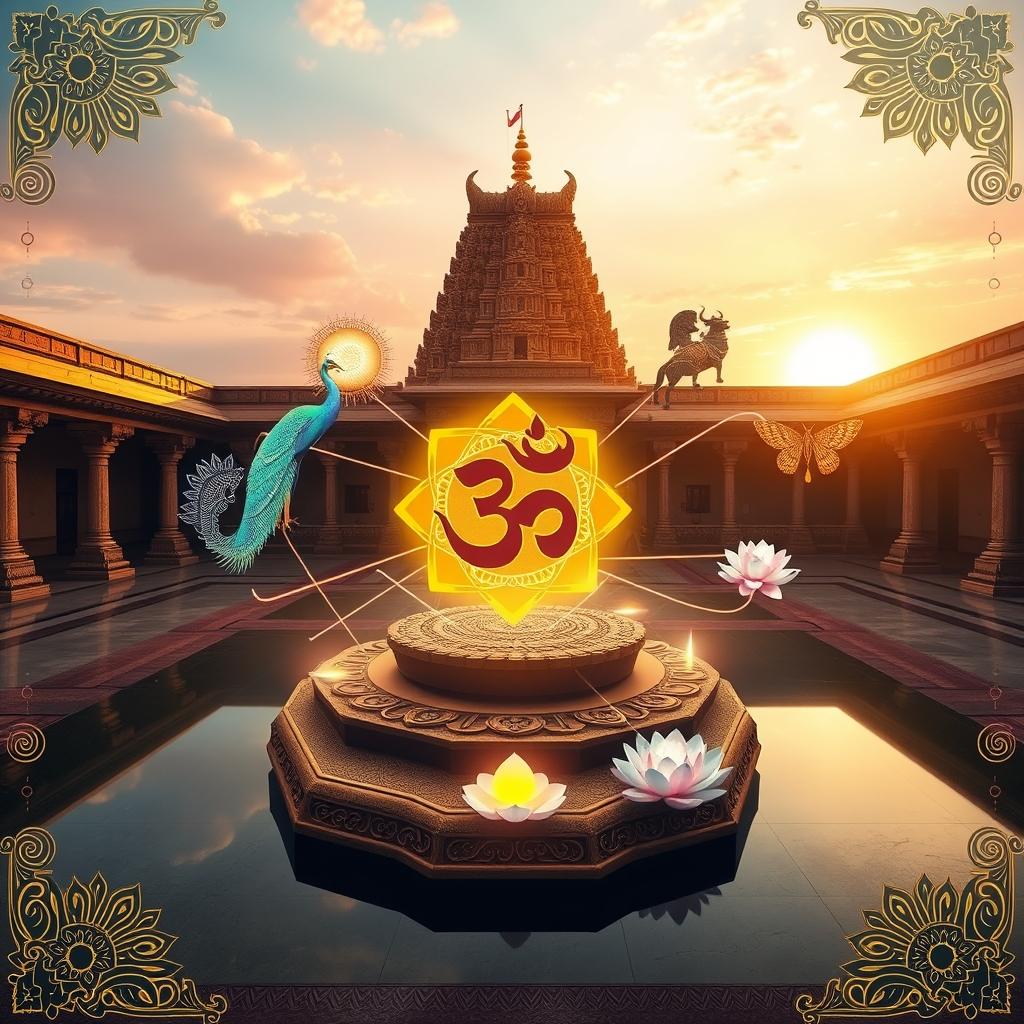
Explore the meanings behind Hindu Symbols
The Geographical Landscape of the Pandava Kingdom
The Pandava Kingdom encompassed territories like Indraprastha, strategically located near the Yamuna River. This strategic positioning facilitated trade and military maneuvers. The kingdom’s prosperity grew through alliances and conquests, expanding its reach and influence. The abundance of natural resources and established trade routes further contributed to its wealth. Relationships with neighboring territories were a mix of alliances and rivalries, shaping the political dynamics of the time. Today, the geographical footprint of the Pandava Kingdom can still be traced in northern India, a testament to its historical significance.
The Enduring Cultural Legacy
The Pandava Kingdom’s cultural impact is profound and far-reaching. The Pandava brothers are presented as archetypal figures in classical literature, particularly the Mahabharata. Their influence permeates cultural narratives, Hindu philosophy, and fundamental concepts like dharma and karma. The kingdom’s legacy is visible in Indian festivals, rituals, and art forms, from temple architecture to intricate paintings. Its contributions to moral and ethical frameworks have shaped Indian society, remaining relevant even in contemporary culture.
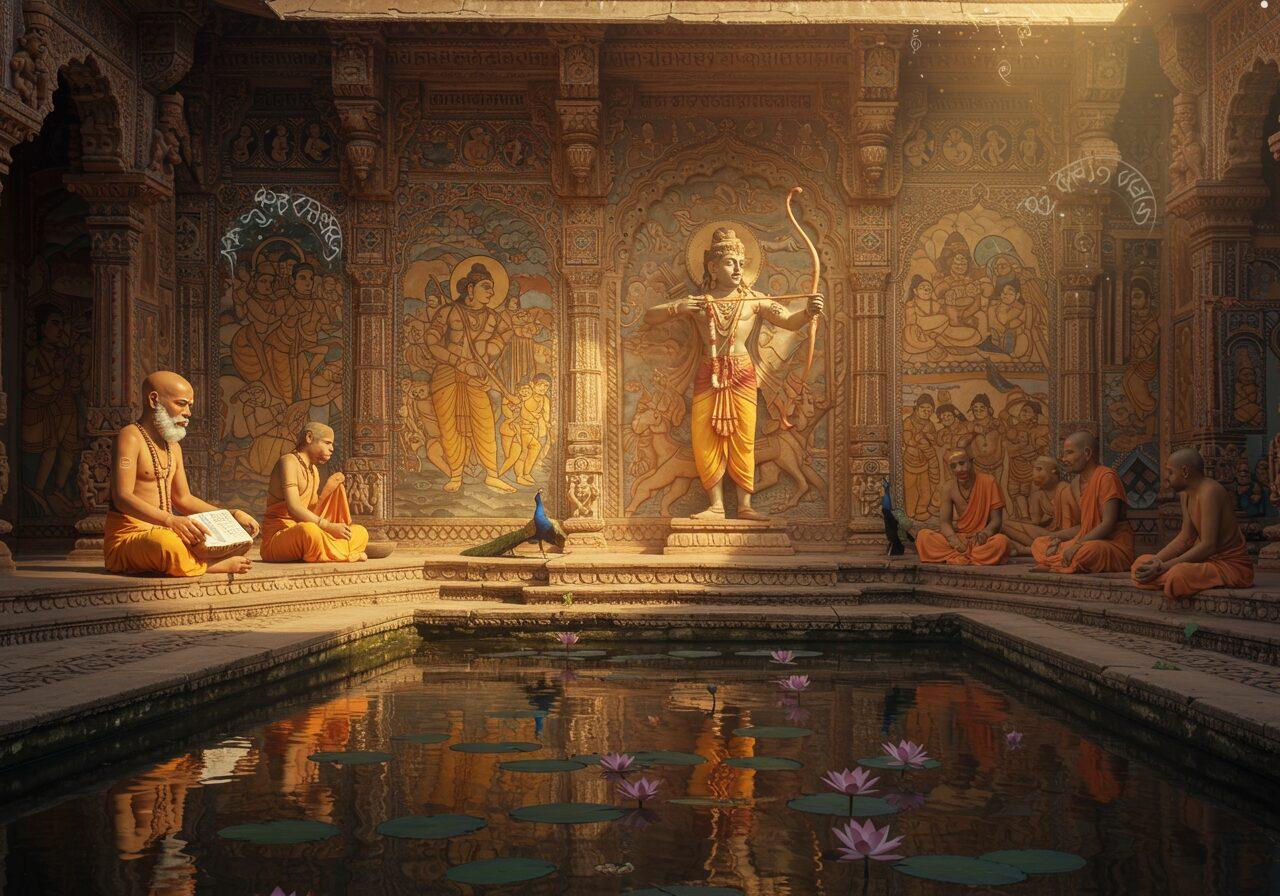
Dive into the Ramayana’s influence on Indian Art and Literature.
The Pandava Kingdom’s Resonance in Modern India
The Pandava Kingdom’s legacy continues to shape modern Indian identity and cultural consciousness. Its portrayal in cinema, literature, and media reinforces core values such as justice, righteousness, and unity. The kingdom holds a prominent place in educational curricula, enriching historical and cultural studies. Modern Indian art draws inspiration from its rich heritage, and its ideals of governance find echoes in contemporary political discourse. The teachings of the Pandava Kingdom offer valuable insights for navigating the challenges faced by Indian society today.
Unraveling the History: A Deeper Dive
The Pandavas are central figures in the Mahabharata. Born to King Pandu of Hastinapura, each brother was divinely fathered due to a curse. Their story unfolds from their births, around 3229 BCE for Yudhishthira, leading up to the Kurukshetra War in 3139 BCE. The escalating tension with their cousins, the Kauravas, particularly Duryodhana, resulted in the division of the Kuru Kingdom. This division led to the creation of Indraprastha, transformed from a rugged forest along the Yamuna River into a magnificent city by the celestial architect Vishwakarma. This city, believed to be present-day New Delhi, became a symbol of the Pandavas’ ingenuity and resilience. Yudhishthira’s fateful dice game resulted in their loss of Indraprastha and a 12-year exile. Upon their return, the Kauravas’ refusal to return their rightful kingdom ignited the Kurukshetra War. Aided by Krishna, the Pandavas emerged victorious, ruling Hastinapura for 36 years before embarking on their final journey to the Himalayas, renouncing worldly possessions and pursuits.
Mapping the Kingdom: A Geographical Exploration
Hastinapura, near present-day Meerut in Uttar Pradesh, was the epicenter of the power struggle between the Kauravas and Pandavas. Indraprastha, the Pandavas’ capital, strategically situated along the Yamuna River, is thought to be located at the site of present-day Purana Qila in Delhi. Kurukshetra, the battleground of the epic war, continues to hold deep historical and spiritual significance. The narrative also features other key locations like Dwarka, Panchala, and Magadha. The sacred rivers Ganges and Yamuna, along with the majestic Himalayas, are integral geographical elements within the epic.
Explore the geography of Ayodhya and Lanka in the Ramayana
The Pandavas’ Lasting Legacy
The Pandavas embody ideals of righteousness, courage, loyalty, and wisdom, their story deeply influencing Indian culture, shaping social structures and moral values. Their lineage is believed to have continued through regions like Manipur and Tripura in East India through Arjuna’s son, Babruvahana, and the Tomar Rajputs are believed to descend from Kshemaka’s lineage near Godavari. Their tales continue to inspire art, literature, and festivals across India, their lessons remaining relevant, offering guidance rooted in dharma and justice.
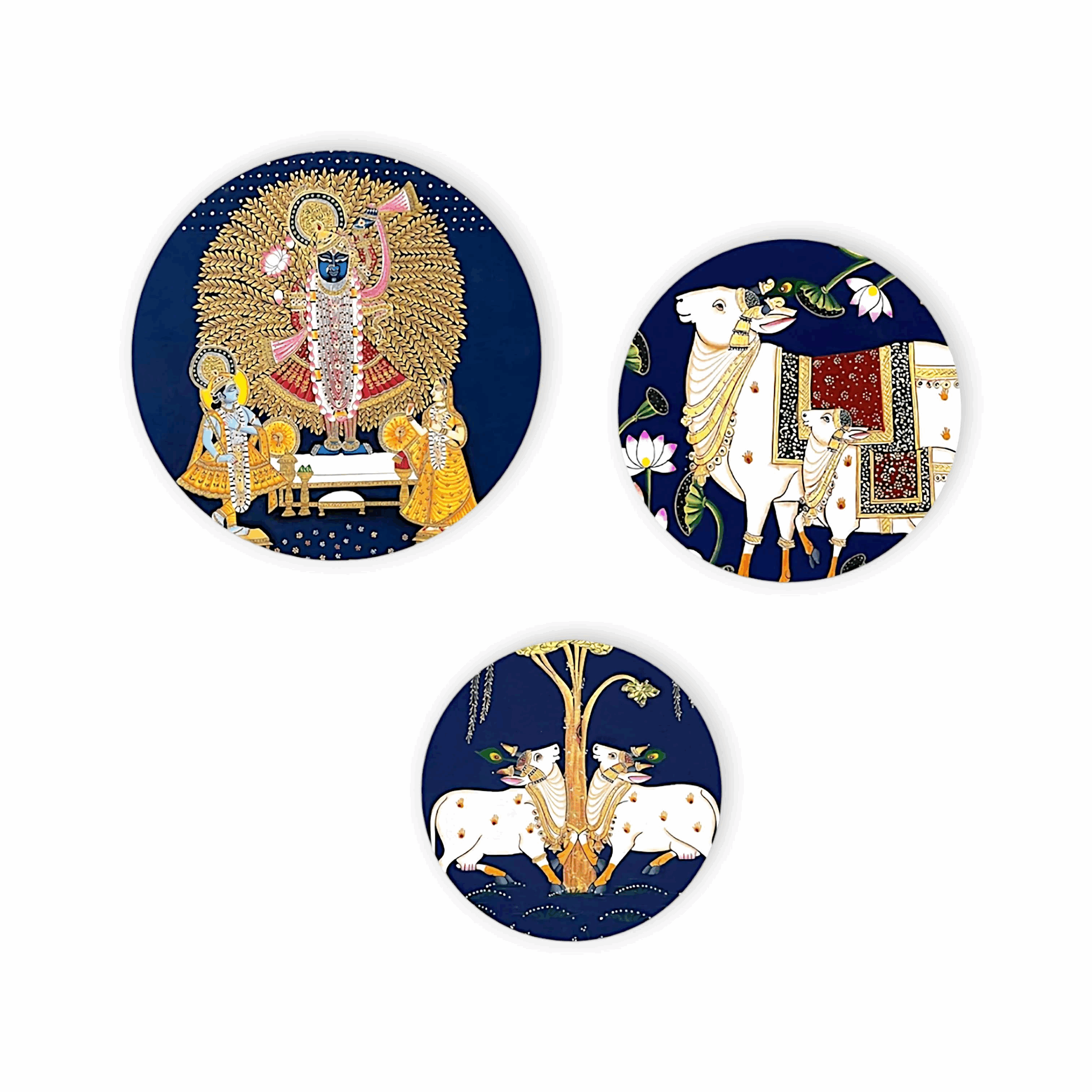
Bring home the divine with a Laddu Gopal Singhasan (Deity Throne)
Embrace the Legacy with Poojn
The Pandava Kingdom is a treasure trove of history and cultural significance. One way to connect with this rich heritage is through the Pancha Ratnas, symbolizing abundance and auspiciousness. These five monolithic rock-cut temples in Mahabalipuram, Tamil Nadu, exemplify India’s architectural heritage. At Poojn.in, we offer a variety of products to help you celebrate this legacy.
Explore our range of Puja Samagri, including Supari (Areca Nut)
We also offer a wide selection of items for traditional rituals and ceremonies:
- Pooja Samagri: Choose from 186 products to enhance your pooja experience. We offer everything from incense and diyas to herbs and flowers, all carefully selected for their quality and authenticity. Explore our Pooja Samagri collection.
- Pooja Kits: Simplify your rituals with our 4 complete pooja kits. Each kit contains all the essential items you need, conveniently packaged for ease of use. Browse our Pooja Kits.
- Holy Utensils: Elevate your ceremonies with our 40 different holy utensils. Crafted with traditional designs and materials, these utensils add a touch of reverence to your rituals. Discover our Holy Utensils collection.
- Holy Jewellery: Adorn yourself with sacred meaning through our 19 pieces of holy jewellery. Each piece is crafted with intricate detail and imbued with spiritual significance. Find your perfect Holy Jewellery.
- Holy Idols: Invite divine presence into your home with our 48 exquisite idols. Representing various deities, these idols are meticulously crafted with reverence and artistic skill. Explore our Holy Idols collection.
Visit Poojn.in for more details or to make a purchase. You can also reach us at 03369029784 or WhatsApp us at 9476142738 for any inquiries or assistance.
Concluding Reflections on the Pandava Kingdom
The Pandava Kingdom is far more than just an ancient story; it represents a fundamental part of Indian history and culture. The tales of the Pandavas, embodying righteousness, courage, and wisdom, continue to resonate through generations. Their journey, intertwined with the very land itself, offers a deeper understanding of India’s rich traditions and values. From Hastinapura and Indraprastha to the plains of Kurukshetra, their story resonates with the landscape of ancient India. The Pandavas’ legacy endures, reminding us of the timeless lessons of dharma and justice. Their influence on our cultural heritage is undeniable.
